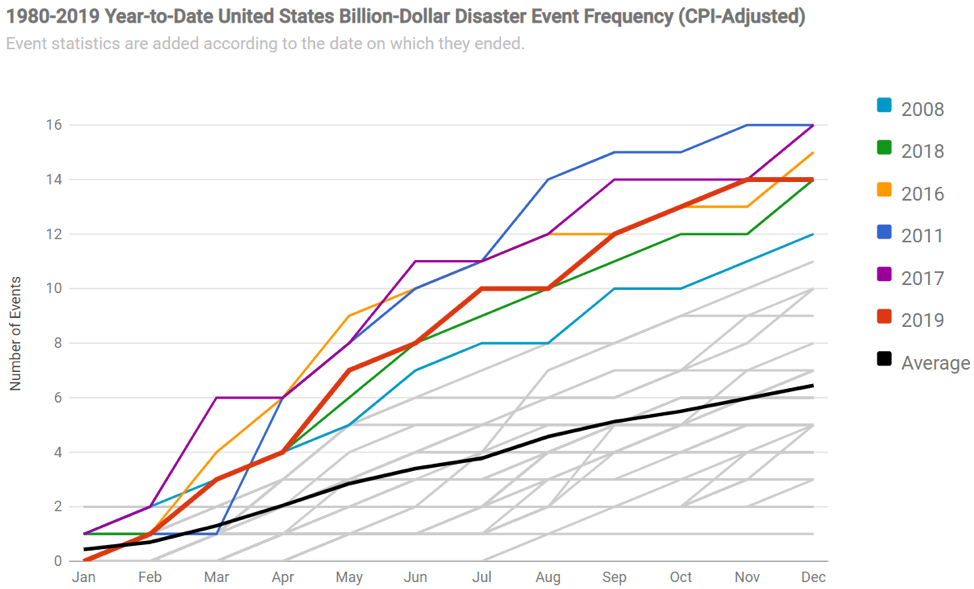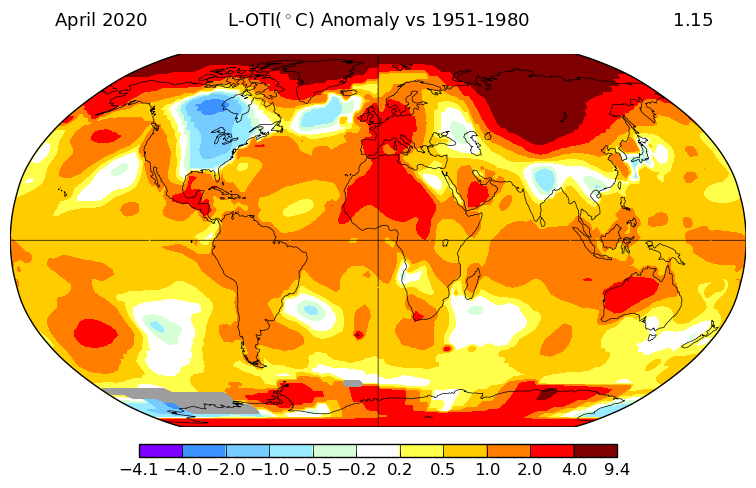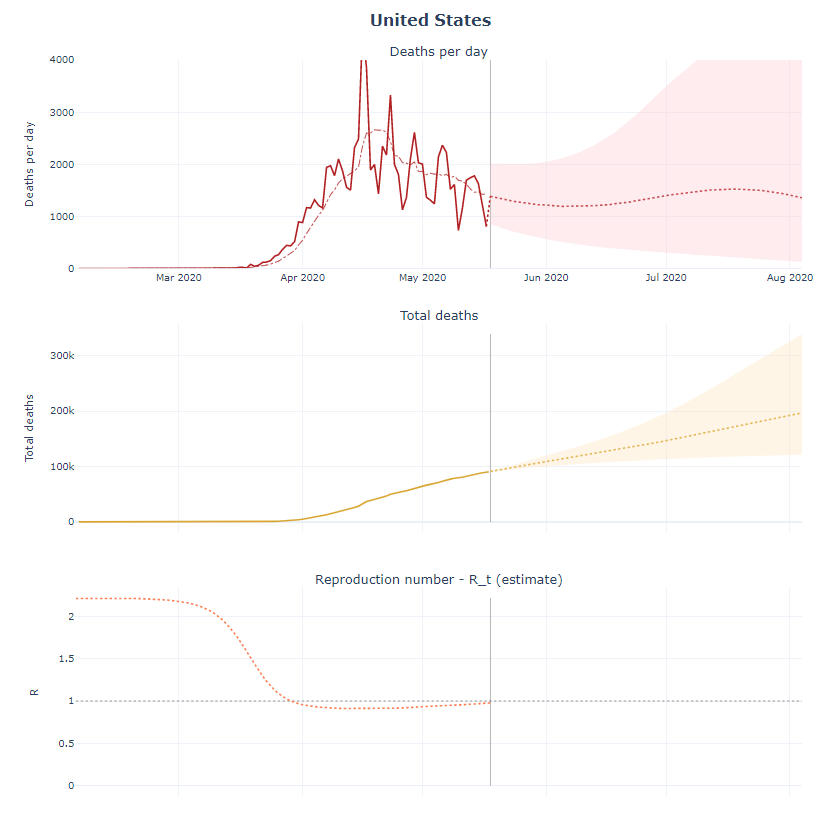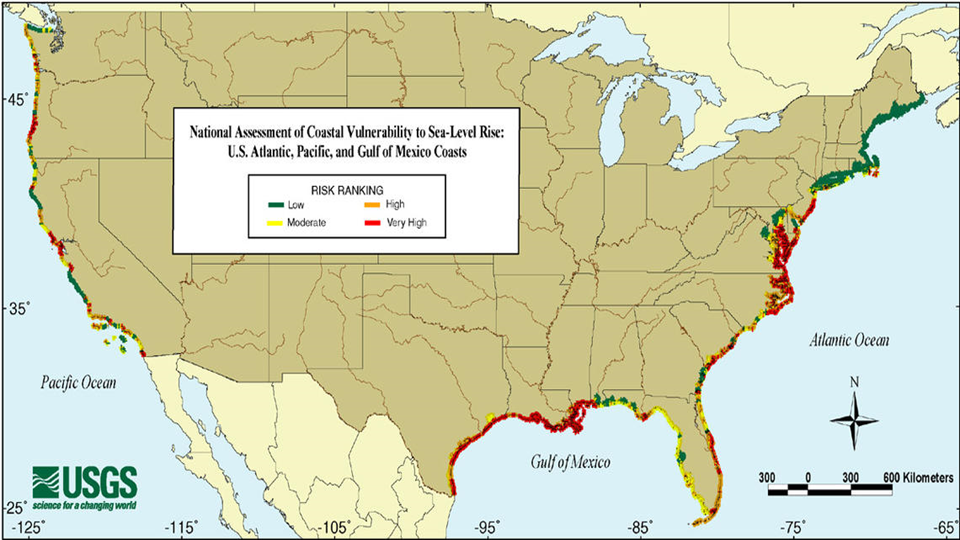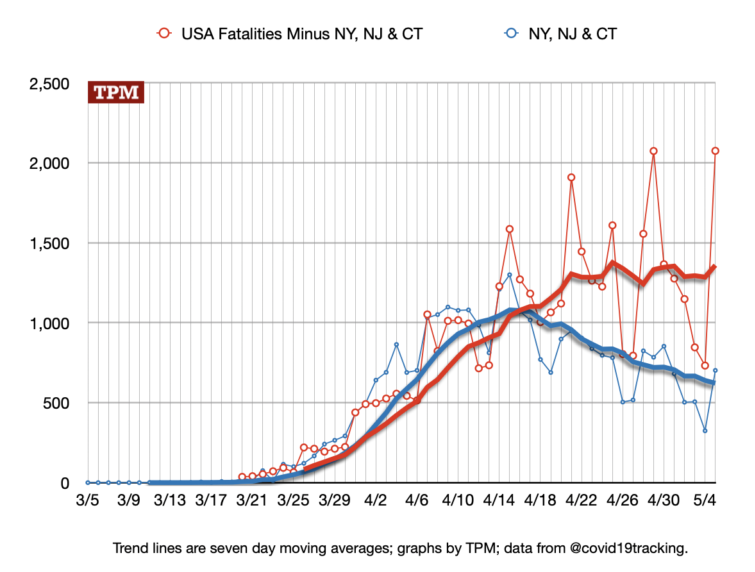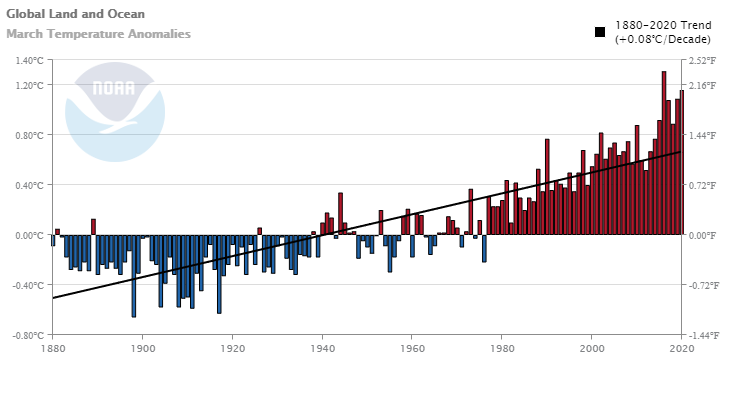The EIA article U.S. renewable energy consumption surpasses coal for the first time in over 130 years by Mickey Francis (5/28/2020) has the data.
In 2019, U.S. annual energy consumption from renewable sources exceeded coal consumption for the first time since before 1885, according to the U.S. Energy Information Administration’s (EIA) Monthly Energy Review. This outcome mainly reflects the continued decline in the amount of coal used for electricity generation over the past decade as well as growth in renewable energy, mostly from wind and solar. Compared with 2018, coal consumption in the United States decreased nearly 15%, and total renewable energy consumption grew by 1%.
The obvious question is are we using less electricity and if not what other source is picking up the slack? The eia Electricity explained page has an interactive time series of electricity generation. Natural gas has picked up the slack.
The first article has two other charts and links to data.

